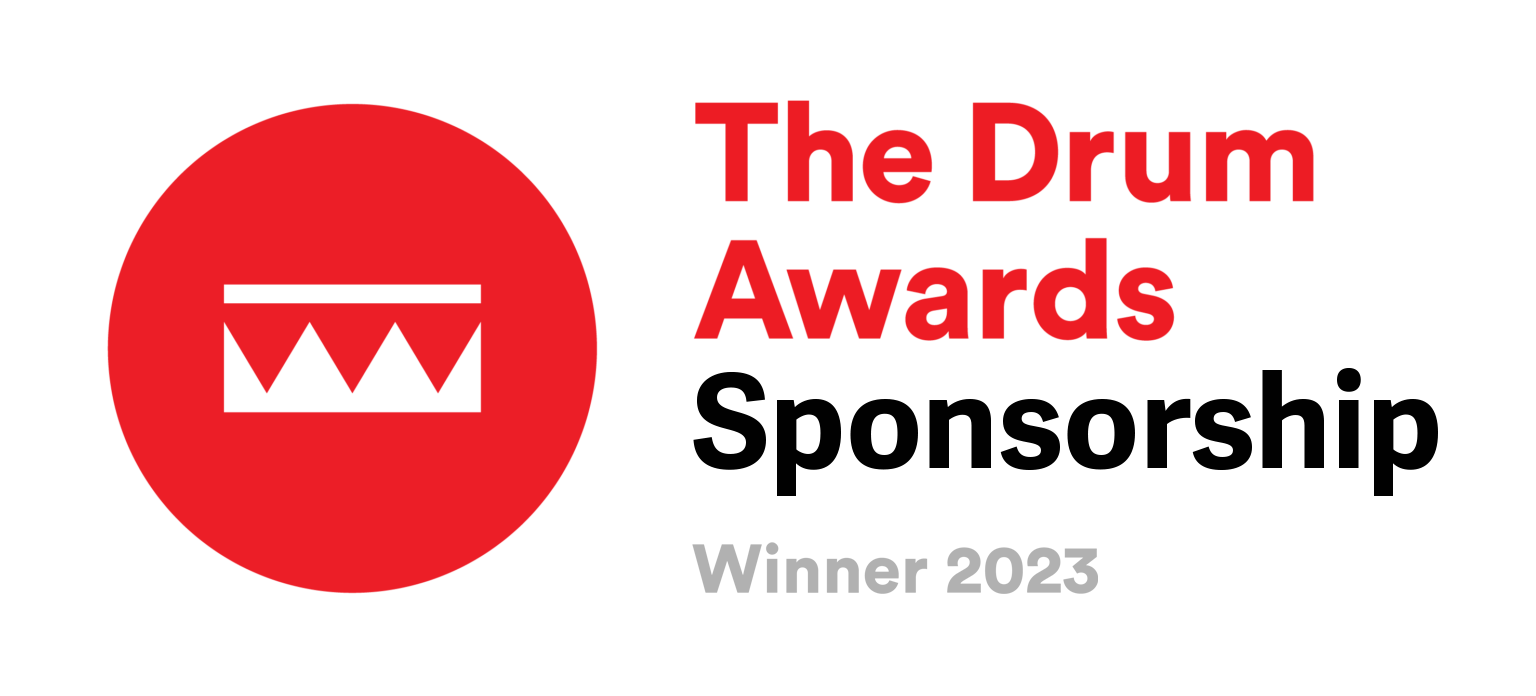Date Added: 11.03.2025
Mins Read: 3 mins
Author: Chris Southgate
What is a Go-To-Market Strategy?
What is a Go-To-Market Strategy?
A Go-To-Market (GTM) strategy is all about having a clear plan to bring your product or service to market – especially in a world of business where competition is fierce and markets evolve at breakneck speed. This plan, also commonly known as a GTM strategy, acts as your roadmap for success, and so understanding and implementing a GTM strategy can mean the difference between a successful campaign launch and one that falls flat.

Defining GTM strategy – What is a Go-To-Market strategy
A Go-To-Market strategy is a well planned out, comprehensive action plan that outlines how a business will bring a product or service to its target customers. Much like brand strategy, It encompasses everything from identifying your ideal customer base to deciding on the most effective sales and marketing channels – so at its core, a GTM strategy makes sure that your offering is positioned correctly in the market and reaches the right audience at the right time.
Unlike a broader business strategy, which looks at long-term goals and overall operations, a GTM strategy is much more laser-focused on the launch and distribution of a specific product, service, or initiative.
Why is a GTM Strategy so important?
For every business, no matter the shape or size, every decision, investment, and effort counts. A well-crafted GTM strategy will help you to:
- Avoid missteps – By mapping out your plan, you can identify potential challenges and address them in a proactive manner.
- Maximise ROI – Make sure that your efforts are focused on strategies that yield the best results.
- Align teams – Provide clear direction to all stakeholders, from creatives to sales and marketing professionals.
- Adapt quickly – With a structured plan in place, you’re better equipped to pivot in response to market feedback or unexpected challenges.
What are the benefits of having a Go-To-Market strategy?
Reduced time-to-market
Streamlined processes and clear objectives have been proven to accelerate product launches.
Improved customer experience
A GTM strategy ensures that products reach the right customers with the right messaging, leading to improved customer satisfaction.
Increased success
A thorough GTM strategy minimises risks and maximises the chances of a successful product launch.
- A clear problem and solution narrative
- Product demonstrations or testimonials
- A prominent CTA (e.g., ‘Order now at www.example.com.uk”)
Competitive advantage
A well-executed GTM strategy can differentiate a company from its competitors and establish a strong market position.
Improved allocation of resources
By focusing on the most effective channels and tactics, businesses can optimise their marketing and sales efforts in areas that matter most.
Data-driven decision making
A GTM strategy provides a framework for tracking key metrics and making data-driven adjustments to optimise campaigns and improve ROI.



The key components of a Go-To-Market Strategy
Market research
Before you can sell to your audience, you need to understand them. It may seem obvious, but market research is the foundation of any GTM strategy.
There are a few things you can do in the market research process, they include:
Identifying your target audience - You need to ask yourself: Who are your ideal customers? What are their pain points, preferences, and purchasing behaviours?
Analysing competitors - Consider: What are your competitors offering? How can you differentiate yourself?
Understanding market trends - Are there emerging trends or shifts in your industry that you can leverage?
Defining your value proposition
Your value proposition is what sets you apart from the competition - it’s the unique benefit or advantage that your product or service offers. If you’re wondering where to start when it comes to crafting a compelling value proposition, you could ask yourself:
What problem does our offering solve?
Why should customers choose us over anyone else?
How does our service provide value in ways competitors cannot?
Choosing your sales and marketing channels
Next you’ll need to consider how you will reach your target audience. That’s where choosing the right sales and marketing channels comes in, for example you could consider:
Online channels - Like social media, email marketing, SEO, and PPC ads.
Offline channels - Like networking events, local partnerships, and print advertising.
Direct sales - Such as engaging with potential clients through direct outreach or consultations.
Things you should consider are where does your target audience spend most of their time? What marketing channels are most likely to reach them there? You should also think about what marketing methods you can realistically implement considering your budget and resources.
Setting goals and KPIs
What does success look like for your GTM strategy? Setting clear goals and key performance indicators (KPIs) allows you to measure progress and make data-driven decisions. We’ve pulled together some examples of goals might include to help get you started:
Gaining a specific number of new clients within six months.
Achieving a particular revenue target.
Increasing website traffic or social media engagement by a set percentage.
Launch and execution plan
A solid execution plan ensures that all moving parts come together seamlessly. This is where partnering with a creative agency like CHS is a great decision, so we can support you with:
Assigning roles - Who is responsible for what? Define roles and responsibilities clearly.
Setting a timeline - Outline key milestones and deadlines for your launch
Testing - Conduct a soft launch or pilot to identify potential issues before the full rollout.
Feedback and iteration
Remember, no plan is perfect from the start! Gathering feedback and being willing to adapt your strategy is essential for long-term success. After launching your product or service, seek input from clients and stakeholders to identify areas for improvement so you can continue to grow.
Challenges to look out for when creating a Go-To-Market strategy
Even with a very strong, well executed GTM strategy, challenges can still arise which are best to be prepared for. Common pitfalls that we’ve seen inexperienced clients face include:
- Underestimating the competition – Ensure you have a deep understanding of what others in your space are doing; if you’re not doing anything differently or that gives you the competitive edge, then what makes you different?
- Misjudging the market – You should always conduct thorough research to validate demand for your offering and make sure your products or services would be well accepted by your audience.
- Poor execution – Even the best strategy can fail without proper execution and coordination. Partnering with an agency like CHS will prevent this from happening.
A Go-To-Market strategy is more than just a launch plan; it’s a blueprint for success, and when done well, it can help you stand out in a crowded marketplace, connect with the right clients, and drive sustainable growth. And remember, the key to any successful GTM strategy is flexibility – stay open to feedback and be ready to adapt as needed.
Whether you’re launching a new service, entering a new market, or simply looking to refine your approach, investing time and effort into a solid GTM strategy is always worth it.
Here at CHS, we’re a brand strategy agency that specialises in building brands from scratch, helping them to rebrand and replatform, and take new products and ideas to market. Get in touch with our team today to find out how we can help you.
Our
Awards
B2B Campaign Winner 2024

Sponsorship Winner 2022

Best Paid Social Winner 2021

Best Use of Video Winner 2021

Highly Commended - PMAs 2022

Best Finance Campaign 2021

Best Financial Services
Campaign Winner 2020

Best Financial Services
Campaign Winner 2020

Rated 9.2 out of 10
from our clients

Marks & Spencer Food Portraiture 2nd Place 2020


